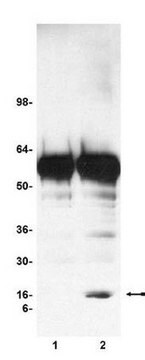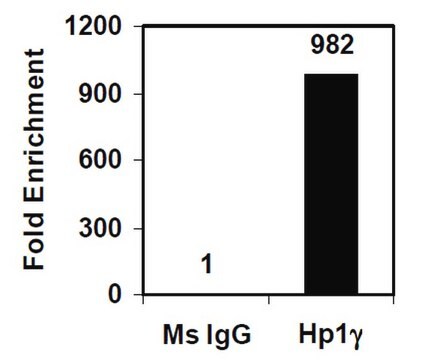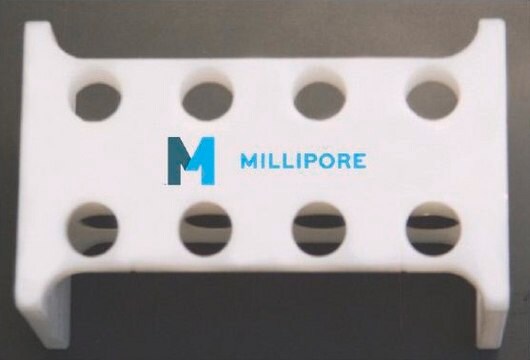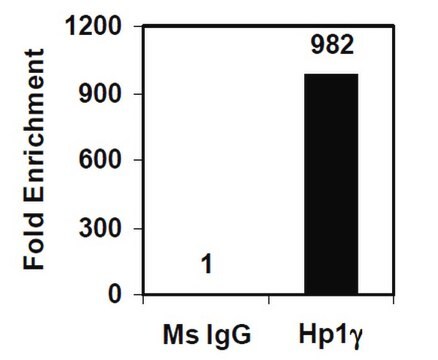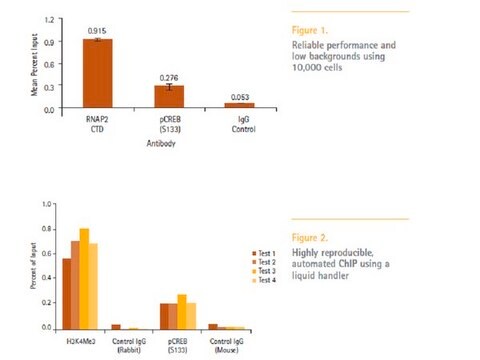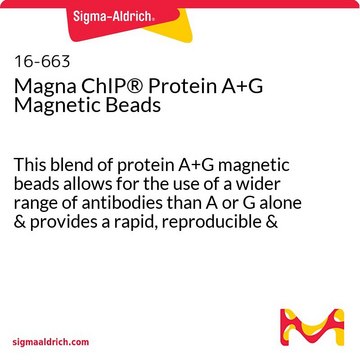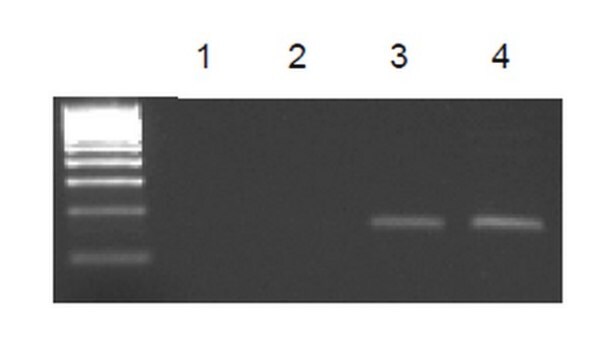CHP1
Imprint® Chromatin Immunopreciptitation Kit
Complete ChIP reaction in 6 hours in flexible strip well format
Synonyme(s) :
Chromatin Immunoprecipitation
About This Item
Produits recommandés
Niveau de qualité
Température de stockage
−20°C
Catégories apparentées
Description générale
For Frequently Asked Questions about this kit, please see ChIP Troubleshooting Questions.
Application
- Suitable for downstream applications
- Individual target characterization to genome-wide profiling techniques
- Characterization of signal transduction pathways
- Verification of ChIp-chIP and ChIP-seq data
Caractéristiques et avantages
- Fast—Total protocol time of less than 6 hours making the Imprint kit the fastest on the market
- Sensitive—As few as 10,000 cells required for each ChIP sample
- Convenient—Fewest steps of any available ChIP protocol
- Flexible—Protocols for cells or tissue, and convenient strip-well format for high-throughput applications
- Complete—Includes columns and reagents for DNA purification as well as an integrated protocol for amplification with the GenomePlex technology
Informations légales
Composants de kit également disponibles séparément
Produit(s) apparenté(s)
Mention d'avertissement
Danger
Mentions de danger
Conseils de prudence
Classification des risques
Acute Tox. 4 Oral - Aquatic Chronic 3 - Eye Irrit. 2 - Flam. Liq. 2 - Met. Corr. 1 - Resp. Sens. 1 - Skin Irrit. 2 - STOT SE 3
Organes cibles
Central nervous system
Code de la classe de stockage
3 - Flammable liquids
Point d'éclair (°F)
53.6 °F - closed cup
Point d'éclair (°C)
12 °C - closed cup
Certificats d'analyse (COA)
Recherchez un Certificats d'analyse (COA) en saisissant le numéro de lot du produit. Les numéros de lot figurent sur l'étiquette du produit après les mots "Lot" ou "Batch".
Déjà en possession de ce produit ?
Retrouvez la documentation relative aux produits que vous avez récemment achetés dans la Bibliothèque de documents.
Les clients ont également consulté
Articles
Epigenetic modifications are thought to occur through two key interconnected processes—DNA methylation and the covalent modification of histones.
Protocoles
Chromatin Immunoprecipitation qPCR for studying gene regulation across conditions.
The Sigma Imprint Chromatin Immunoprecipitation Kit uses a plate based system to allow rapid ChIP assays in a high throughput format
Notre équipe de scientifiques dispose d'une expérience dans tous les secteurs de la recherche, notamment en sciences de la vie, science des matériaux, synthèse chimique, chromatographie, analyse et dans de nombreux autres domaines..
Contacter notre Service technique